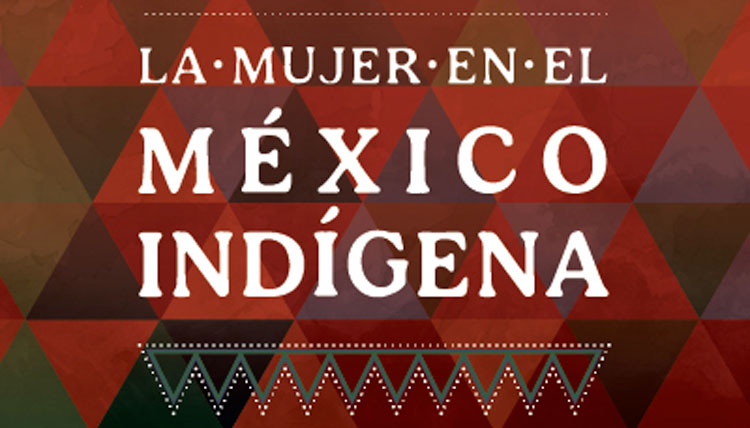Half the world. Women in indigenous Mexico. Woven Stories is the exhibition presented by the Instituto Cervantes in its Exhibition Hall from today until March 8, 2026.
This exhibition is a major exhibition project that aims to explore the fundamental role of women in the pre-Hispanic civilizations of Mexico, divided into four sites in Madrid: the Museo Arqueológico Nacional, the Museo Nacional Thyssen-Bornemisza, Casa México and the Instituto Cervantes.
From the realm of the word, the exhibition Woven Stories presents the voice of women from indigenous peoples in Mexico through textile creation, an ancestral practice that links personal and collective identity with social, economic and spiritual life.
Memory is passed down from generation to generation with a web of personal stories, cultural values and vision of the ancestral world. Since pre-Hispanic times, spinning, weaving and embroidery have been female crafts that symbolize the connection between past and present. Together with pieces of craftsmanship and reproduction of images in figurines and sculptures, they represent the cultural continuity of the original peoples.
According to a Aztec account, after ordering the cosmos and giving rise to the fifth humanity, the gods entrusted the first woman, Cipactonal, to spin and weave cotton for her dress, a task that all women of her offspring should continue. In addition, there were goddesses linked to this work: among the Mexicas stood out Tlazoltéotl and Xochiquetzal, whose attributes were spindles with cotton balls and tzotzopaztles to tighten the fabric; in the Maya world, Ixchel was recognized as the patron of weaving.
This exhibition offers a reading of the stories contained in the textiles produced by different indigenous peoples of Mexico, with funds from the National Museum of Anthropology of Mexico, through four areas: Feminine dress, which addresses the continuity and transformation of traditional clothing -huipil, quechquémitl and cueitl- as a reflection of community identity and dialogue between indigenous heritage and modernity. Textile writing instruments highlights the use of spindle, waist loom and other tools that combine manual dexterity with technical, biological and mathematical knowledge. Teaching and learning explains the transmission of the art of weaving from childhood, guided by mothers and grandmothers, as material and spiritual knowledge. Finally, Narrativa textil presents the fabrics as symbolic canvases where women narrate myths, beliefs and collective memories, turning each garment into a form of visual language.
The opening can be followed online at this link, and by YouTube at this one.
